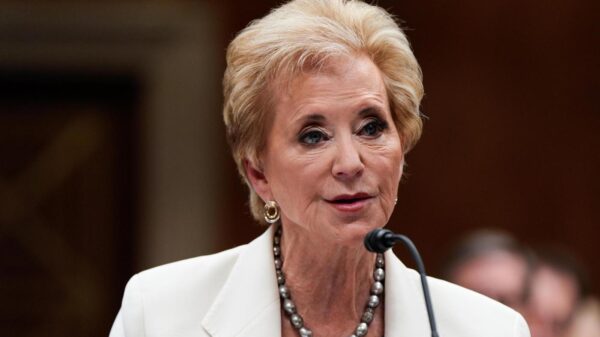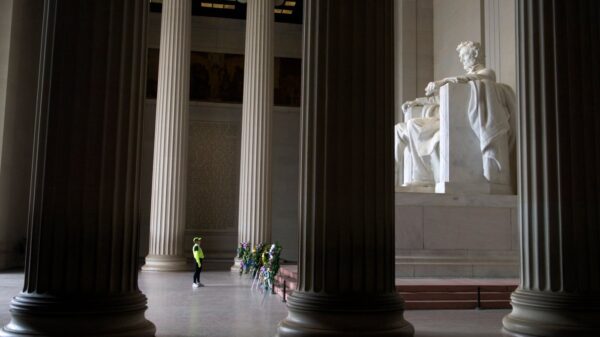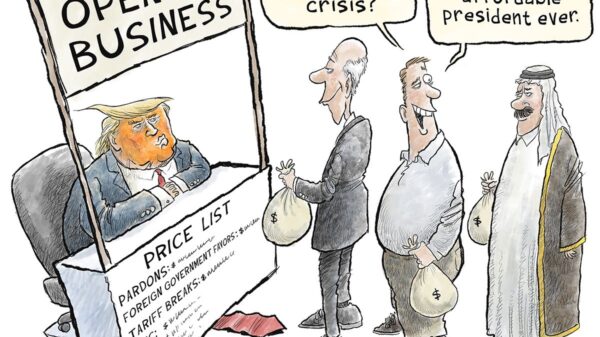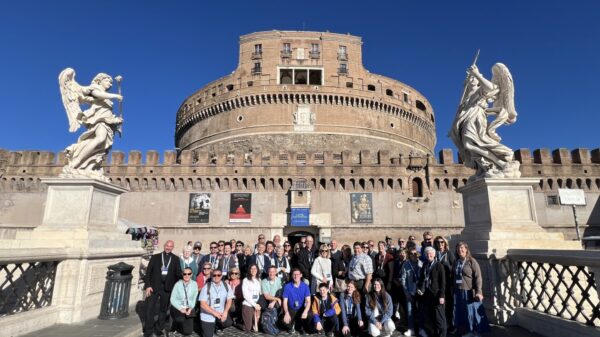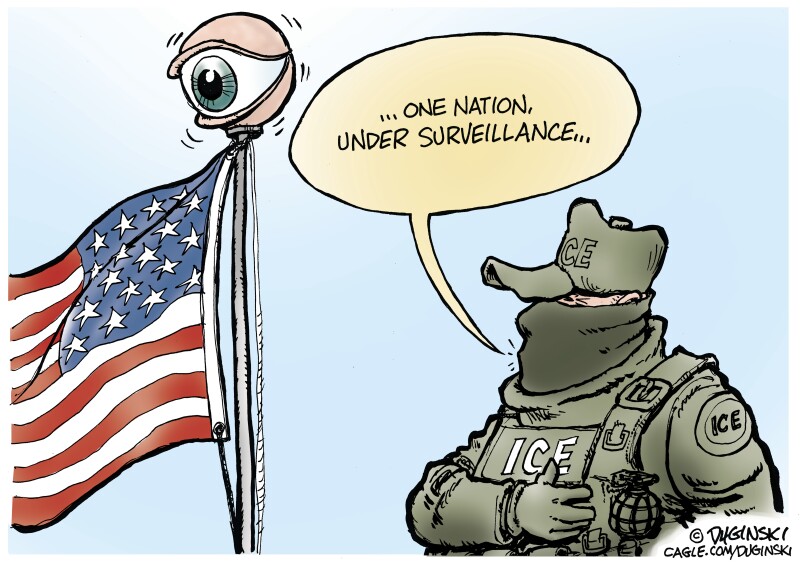Paul Duginski, a well-regarded editorial cartoonist, has drawn attention to the controversial issue of immigration enforcement through his latest cartoon published on November 23, 2025. The artwork critiques the surveillance tactics employed by the U.S. Immigration and Customs Enforcement (ICE), sparking discussions about the implications for civil liberties and privacy rights.
Duginski’s cartoon depicts the extensive reach of ICE’s surveillance methods, illustrating the tension between national security and individual freedoms. The piece resonates in a climate where immigration policy remains a hot-button topic in the United States. Public sentiment about ICE surveillance has fluctuated, with many expressing concern over the agency’s practices and their impact on communities.
Public and Political Reactions
The cartoon has elicited varied responses from the public and political figures alike. Advocates for immigration reform have praised Duginski for bringing attention to the potential overreach of government surveillance, arguing that it undermines trust between immigrant communities and law enforcement.
In contrast, some supporters of stringent immigration policies assert that such surveillance is necessary for maintaining security and order. They argue that Duginski’s portrayal oversimplifies a complex issue, which includes the need to protect citizens from potential threats.
The commentary embedded in Duginski’s work reflects a growing unease with the balance between security measures and personal privacy. The cartoon serves as a reminder of the ongoing debate surrounding the role of government in monitoring its citizens, particularly in the context of immigration enforcement.
The Role of Editorial Cartoons in Political Discourse
Editorial cartoons play a significant role in shaping public opinion and highlighting pressing issues. Duginski’s recent work exemplifies how art can provoke thought and discussion about critical societal challenges. By using humor and satire, cartoonists can distill complex topics into accessible messages that resonate with a broad audience.
As the dialogue around immigration continues to evolve, Duginski’s cartoon stands as a poignant commentary on the intersection of surveillance and civil rights. It underscores the need for ongoing scrutiny of policies that impact the lives of millions, particularly in an era where technology increasingly mediates interactions between citizens and the state.
In conclusion, Paul Duginski’s editorial cartoon not only critiques ICE’s surveillance tactics but also invites viewers to reflect on the broader implications of such practices in contemporary society. The conversation sparked by this artwork is vital as communities navigate the challenges of immigration policy and the protection of individual rights.





